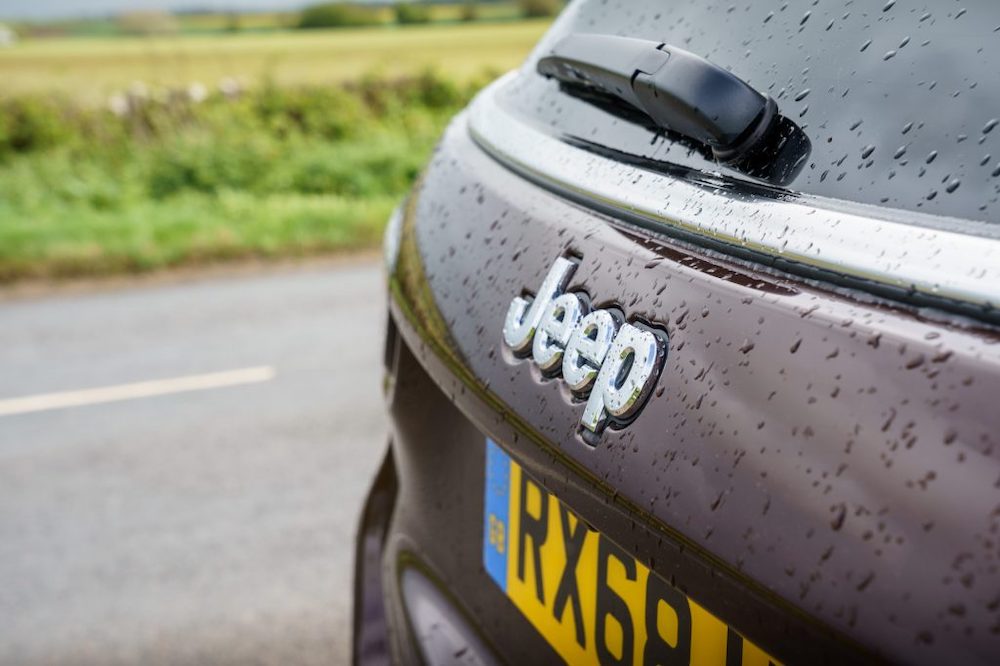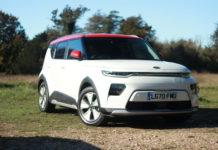Driving can be a risky activity if you aren’t prepared for the conditions through which you’ll be travelling. Having an idea of how the weather can affect your experience on the road will allow you to adapt to what’s coming and adjust your approach accordingly. This will in turn allow you to drive more safely and more effectively.
Technology
A modern car comes equipped with a whole range of technological tools, many of which will help to limit your risk when it comes to the driving conditions you’re facing. For example, if you pick up a new Vauxhall Crossland, you can expect to benefit from automatic emergency braking, and hill start assist. Not only does this make driving more convenient – but it’ll also reduce the likelihood of you being involved in a collision.
Dealing With Wet Weather
However useful technology might be, it’s not a direct replacement for vigilance and attentiveness to the road in front of you.
By maintaining a safe distance from the vehicle in front of you, you’ll reduce the likelihood of a collision. A slick road surface will increase your braking distance. This is particularly so if you’re travelling at a high speed. This is where braking assist can be especially important, as it’ll eliminate the ‘thinking time’ associated with a human responding to events on the road ahead.
Wet weather might also reduce your visibility and cause a loss of grip. In the latter case, you’ll need to ease off the accelerator. ABS might help you to bring the car to a stop, but it isn’t completely fool proof.

Icy Weather
A frozen road will present even greater difficulty. If the forecast indicates severe cold weather, then it might be advisable to delay your journey. You might also make a point of stocking your vehicle up in case you should become stranded. That means de-icer, an ice-scraper, some warm clothing, and blankets.
Make sure that your windscreen and headlights are entirely clear before you set out. Don’t just clear the space in front of you; clear every window, delaying your journey if necessary. You should avoid sudden braking on icy roads. Look as far ahead as possible and try to bring your vehicle to a stop gradually.
Windy Weather
High winds can create unique challenges, especially if you’re driving on an elevated, exposed road. Pay attention to signs on motorways and be aware that certain roads might be closed if the wind is especially strong. Take care when you’re overtaking long vehicles, as you might be suddenly exposed to a strong gust coming in from the side. This is a problem that motorcyclists should be especially wary of – but even if you’re driving a car, it’s something to consider.














